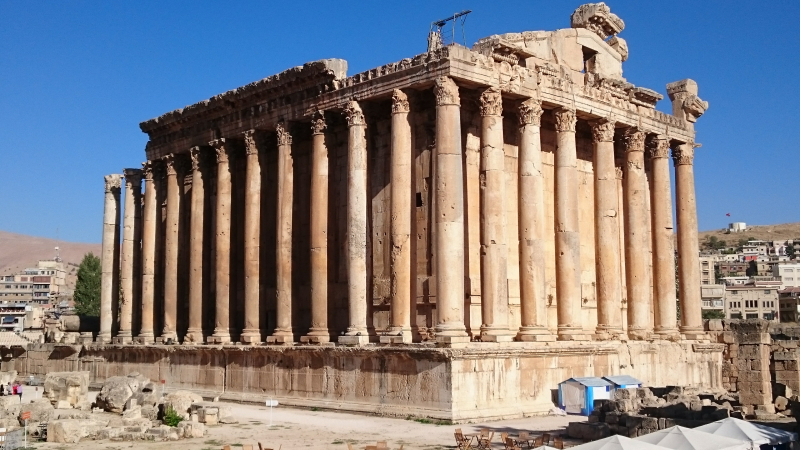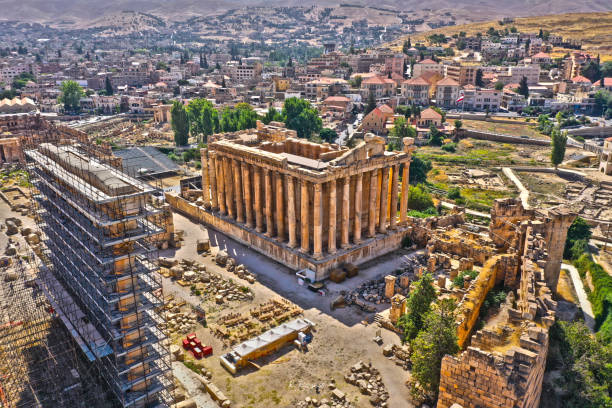Baalbek
The greatest Roman temple ever built, as well as a variety of other remarkable historical structures, may be seen at Baalbek, a large and impressive Roman site in Lebanon. The site was designated as a UNESCO World Heritage Site in 1984.
Prior to the Greek takeover of Syria, little is known about Baalbek. Baalbek was once a Phoenician colony dedicated to the worship of the sun god Baal, but the Greeks renamed it Heliopolis (City of the Sun) in the 4th century BC. Baalbek became part of the Diadochi kingdoms of Egypt and Syria when Alexander the Great conquered Persia in the 330s BC. It was then taken over by Egypt's Ptolemaic dynasty, who renamed the town Heliopolis.
It was during the Roman era that Baalbek flourished, eventually being annexed and therefore becoming a Roman province under Julius Caesar in 47BC. The Romans would endow Baalbek with the empire's largest holy temples during the next two centuries. It would be home to the massive temples of Jupiter, Venus, and Bacchus by 150AD. The ruins of Baalbek were first discovered by Europeans in the 16th century. Despite the fact that much of the area had been devastated by earthquakes, a German expedition excavated the two Roman temples and began to restore the ruins between 1898 and 1903.
From the early twentieth century, the city was governed by successive Syrian Muslim monarchs. Following World War I, the French mandated powers in Lebanon included Baalbek. Reconstruction stalled until the conclusion of the civil war in Lebanon, with preservation and subsequent tourism picking up in the 1990s.
Visitors to Baalbek today can observe the imposing ruins of the once-impressive structures. This involves standing in the shadow of six of the Temple of Jupiter's original 54 columns, the Empire's greatest temple ever constructed. Baalbek is also home to the remarkably well-preserved Temple of Bacchus, the Temple of Mercury's stairwell, and the propylaea, a ceremonial entranceway.
Location: Baalbek, Lebanon







